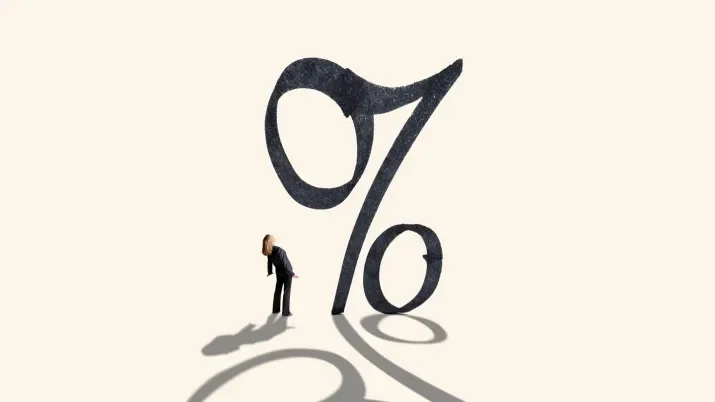The evidence doesn’t point to recession
It has been nearly a month since Russia invaded Ukraine. Although market participants are still waiting for clarity as to how and when this war will end, there has been increased chatter about the possibility that the global economy, or parts of it, will fall into recession. Under the assumption that this conflict does not escalate into a direct confrontation between Russia and NATO, and that peace is eventually achieved (with commodity prices returning to some sort of normality even if this is higher than pre-war), we do not believe the world is headed for recession. This leads us to conclude that the current sell-off in risky assets is an intra-cycle dip. The likelihood of recession has probably increased, but to us the evidence strongly suggests it shouldn’t be the base case expectation.
Firstly, growth in 2022 is likely to be above historical averages for most developed economies, even after adjusting forecasts for the impact of the Russian invasion. In the US the Fed is forecasting growth this year at 2.8% (which incorporates several rate hikes), while the ECB’s base case for growth in the Eurozone is an admittedly rather optimistic 3.7%. Investment banks and sell-side analysts have also revised their estimates lower; they tend to agree with the Fed’s projection for the US but are less bullish than the ECB on Eurozone growth, with the range of estimates roughly between 2.0% and 3.0%. The fact that growth is likely to be at or above trend is a direct consequence of the fact that the economy is moving from early to mid-cycle, rather than from mid-cycle to late cycle. In late cycle growth is typically below trend, which means an exogenous shock such as a war that pushes forecasts down by 100-200bp is highly likely to bring about a recession. Forecasts in the Eurozone before the invasion were for growth to be close to 4% in 2022, which is significantly above historical average growth for the region. A meaningful shock to growth does not necessarily mean a recession.
Secondly, central banks have just started tightening monetary policy in developed markets. By definition this means monetary policy conditions at the moment are accommodative given the macro backdrop. Having a recession under these conditions would be an outlier from a statistical point of view. Recessions typically occur after central banks have raised rates (or withdrawn stimulus) several times in an attempt to slow the economy down and this process has barely begun at this stage.
Thirdly, the credit quality of corporates is improving. Typically when the economy exits a recession corporate credit metrics start improving in the early cycle phase. Ratios like net debt-to-EBITDA decline as EBITDA numbers recover and as some companies that might have been close to serious trouble during the recession try to cut their debt burden. As the economy enters mid-cycle, growth trends towards potential and credit metrics tend to stabilise. In late cycle, growth falls below trend once again and consequently there are less opportunities for companies to organically maintain or increase their return on equity. As a result late cycle indicators such as M&A, special dividends and excessive leverage, all of which are negative for the credit profile of the average company, become more commonplace. This usually translates into more downgrades than upgrades for credit ratings. So far this year Moody’s has recorded 1.95 upgrades for every downgrade in US high yield, and a jaw-dropping 6.7 upgrades for every downgrade in US investment grade. This is evidence of strong improvement in credit metrics. In Europe the numbers were also very positive before Russia’s invasion (2.1 for European high yield in 2021), and while this has declined substantially since, if you dig into the downgrades you see a significant number are actually Russian corporates or their European subsidiaries – Evraz, Rosneft, RusHydro and the subsidiaries of Gazprom in Western Europe have all been downgraded this year, for example.
Lastly labour markets remain extremely tight, particularly in the US. With job openings and people quitting their current jobs both close to all-time highs, along with very high wage growth, it is hard to see a sudden turnaround that results in a recession shortly. Comments by industry managers in the ISM Manufacturing and Services surveys are more focused on not being able to fill positions in order to match demand for products than they are on bleak economic outlook.
In conclusion, while we acknowledge that things can change quickly and there are some worrying signals emerging that warrant close monitoring (such as the flattening of the US Treasury curve), we don’t believe we are about to see a recession in developed markets. The economy, corporates and consumers all entered 2022 in good shape, which means their ability to withstand a negative shock is high. Growth will be lower than previously expected but if forecasts of it being at or above potential materialise then spreads are discounting a significant amount of bad news already and look reasonably attractive with a medium term view.




